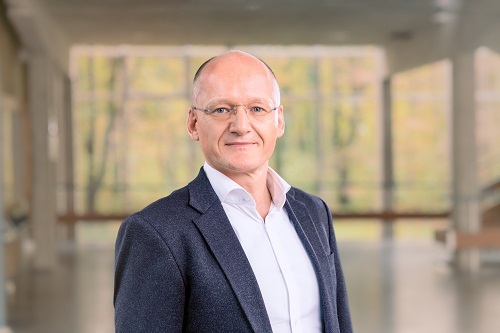ERC Grant Awarded to Steffen Grohmann for Advancing Cryogenic Technology
Steffen Grohmann, President of IIR Commission A1, receives an advanced grant from the European Research Council for his innovative cryogenic technology project: GRAVITHELIUM, a key technology for the Einstein Telescope.
Professor Steffen Grohmann a refrigeration and cryogenic scientist at the Karlsruhe Institute of Technology (KIT) and President of IIR Commission A1 “Cryophysics & cryoengineering”, has been awarded with a 3.4M€ Advanced Grant from the European Research Council (ERC) for the GRAVITHELIUM project.

This project, aims at developing a crucial technology for the Einstein Telescope (ET)*, focusing on enhancing the sensitivity of cryogenic laser interferometers using superfluid helium. The technology is expected to minimise thermal noise and enable precise measurements of gravitational waves, applying cooling mirrors with superfluid helium near absolute zero temperatures.
Grohmann's team plans to establish a new test center at KIT to gather experimental data and address technical challenges of the ET. This technology not only contributes to the performance of an advanced Einstein Telescope but also holds potential applications in quantum computing. The project is supported by ERC, which funds groundbreaking research projects, reflecting the significance of Grohmann's work in the field of Universe sciences and gravitational-wave physics.
On behalf of the IIR, congratulations to Professor Steffen Grohmann!
* The Einstein telescope should be operational in the 2030s. It represents the third generation of gravitational wave telescopes. Its sensitivity will be ten times greater than that of current telescopes, enabling the detection of several hundred thousand events per year - an unprecedented advance for modern science. The telescope will be able to spot the universe's most distant events, including those that occurred during its dark age, when matter was not yet condensed enough to form stars, hundreds of millions of years ago.
Sources:
https://www.kit.edu/kit/english/pi_2024_027_erc-advanced-grant-for-steffen-grohmann-from-kit.php
